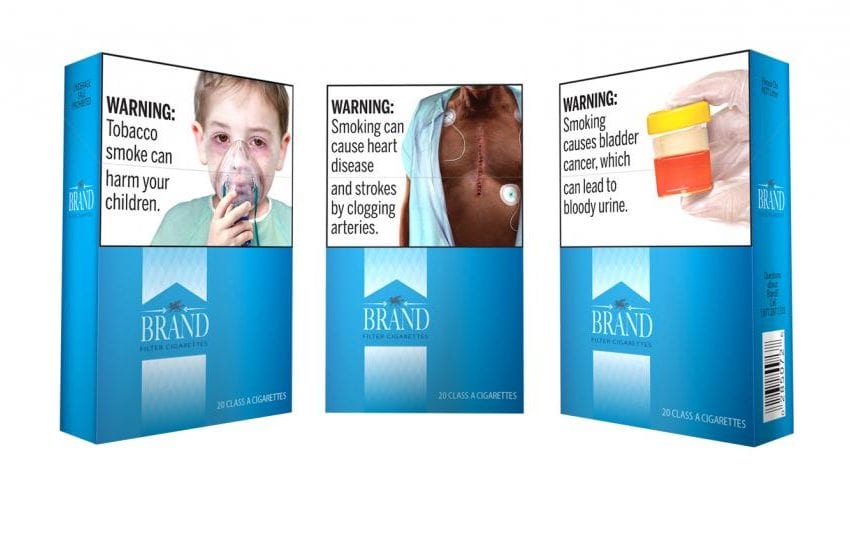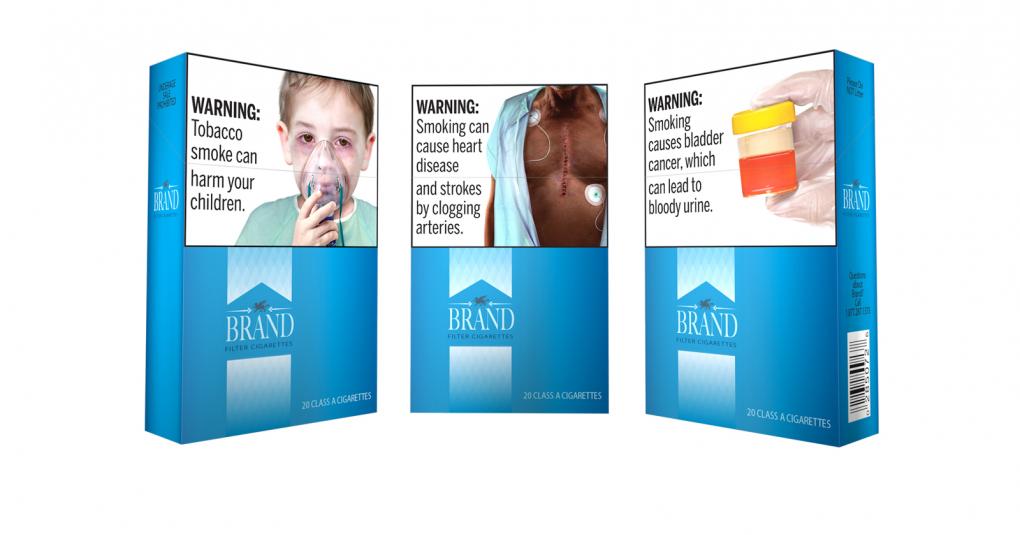Study: Graphic Warnings Boost Pack Hiding
- Featured News This Week Packaging
- June 6, 2022
- 0
- 2 minutes read


The presence of graphic health warnings encouraged smokers to hide their packs but did not change smoking behavior among participants in a recent study published in Jama Network Open.
As part of their tobacco-control policies, many countries require cigarette manufacturers to print images of smoking-related diseases on their cigarette packs. A similar rule is pending in the U.S., but the measure has been repeatedly postponed due to industry litigation and the Covid-19 pandemic.
A group of public health experts at the University of California in San Diego wanted to find out how graphic health warnings would affect the behavior of U.S. smokers.
They asked smokers to purchase their preferred brand of cigarettes from a study website. Participants were randomized to receive their cigarettes in one of three pack designs: a package with a graphic warning label, with a blank pack, or in a standard commercially available U.S. pack. Approximately 19,000 packs were delivered to participants.
The researchers found that smokers given packets stamped with images of diseased feet, ill children and throat cancer continued to puff on about 10 cigarettes daily up to a year after receiving them. But six in ten admitted to concealing the packets at least some of the time due to the images, which was up 40 percent from before the study began.
More than 120 countries already force tobacco companies to put warnings over the side-effects of smoking on their packets.
But a growing body of studies suggest that the warnings are becoming less effective as smokers are becoming too used to them.
One paper from 2019 found that about 36 percent of smokers in Canada—which has had graphic health warnings for many years—found them “not at all” or “minimally” effective in prompting them to quit.
